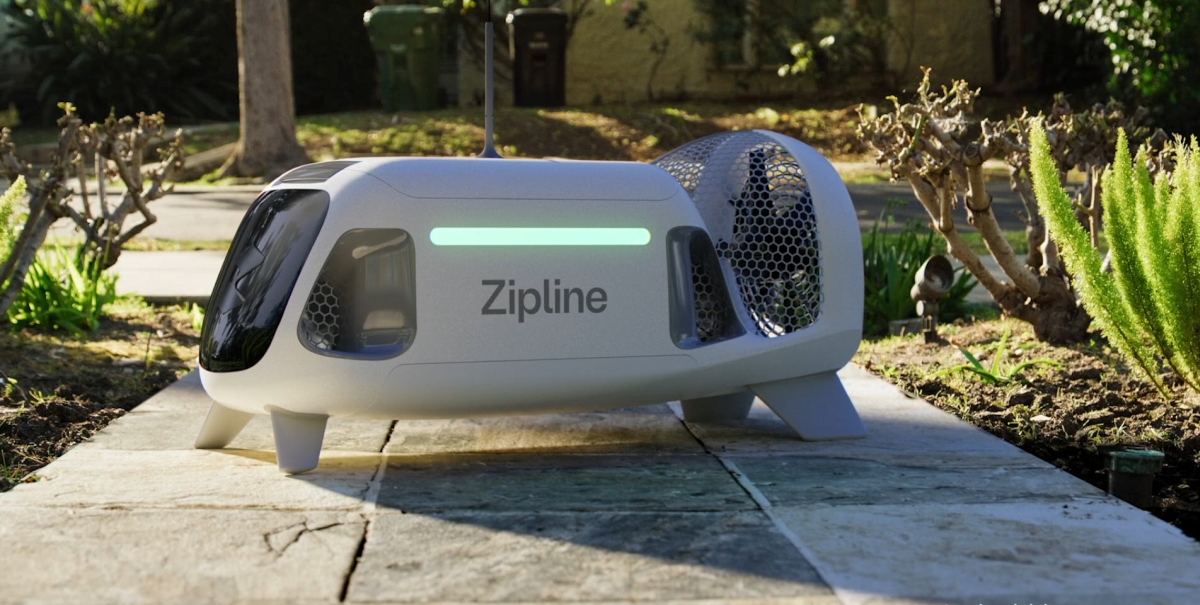For truck manufacturers, fleet operators, and service centers collecting and utilizing operational data has been a standard practices for years. The transportation industry was one of the early adopters of technologies like telematics – the collection and storage of remote truck data for analysis to optimize operations. And the insights provided around truck location and driver behavior continue to drive direct business results.
But while benefits like route optimization, compliance verification, and – with the addition of data analytics – the ability to predict potential accidents based on driver history are valuable, they do not address one of the industry’s primary concerns: vehicle uptime. Fortunately, technology has progressed to the point that applications within the broader category of Internet of Things (IoT) are capable of building on existing data systems to deliver these key business results. However, when assessing the potential of IoT, it’s important to understand the current relationship between the transportation industry and technology.
The Importance of Uptime
In transportation, tuck reliability and uptime are central to the entire revenue chain for companies across the industry. From the drivers on up, trucks are rolling assets that represent direct revenue for all involved – as long as they’re up and running. For many fleets, driver turnover can surpass 100 percent each year. Consistent vehicle performance is as important to retaining a productive workforce as it is to ensuring on-time deliveries and improving customer relations.
That’s because the revenue lost when a truck goes down is just the tip of the iceberg. The logistics of getting the vehicle to a service station that has the expertise and capacity to handle the issue, as well as any required parts, can present an overwhelming challenge. And if repair time stretches from hours into days or weeks, fleets either must pay room and board to keep the driver in the area or find a new one if the driver decides to opt for another more lucrative opportunity. Meanwhile, service centers sacrifice capacity and potential revenue as they store a truck they can’t make money on until repairs actually begin.
Despite this importance, using telematics data to monitor how a vehicle is operating – and using that information to help optimize uptime – has not been widely successful. That is mainly due to the use of diagnostic trouble codes (DTCs) as the primary indicators of vehicle health. The problem is, DTCs don’t provide nearly enough information to improve uptime in a meaningful way. All these alerts do is indicate that a sensor has picked up a symptom of an unspecified potential problem. Mechanics still must manually determine the nature and severity of that problem, if it even exists at all, which is a time-consuming process for a single instance that expands significantly with the size and data volume of a large fleet. So much so, that the excess of information creates so much white noise that it’s hard to gain any real insights into vehicle performance or condition.
Fully Utilizing Telematics Data
That said, the problem isn’t telematics data. The problem is relying on telematics data on its own, without context. Done well, assessing additional information like other engine sensors, historical data, and environmental conditions can provide the level of deep insights needed to effectively improve fleet uptime, which is why forward-thinking transportation companies have already turned to IoT solutions make better use of their data.
And the benefits apply to companies throughout the industry. For instance, understanding how a truck is running can help manufacturers better predict potential engine failure events and get ahead of the problem. This allows them to take a more proactive, prescriptive approach that helps save repair time and warranty costs, as well as provides a data-validated audit trail to streamline incident documentation and resolution.
Peterbilt has successfully deployed enhanced fault guidance by applying analytics and workflow automation software to raw DTCs, repair histories, and operating conditions. As a result, they’re able to provide more accurate diagnoses and instruct fleets on how to address failures more efficiently. With this more active approach, they’ve been able to decrease repair times for trucks and improve first-time repair rates to reduce the need for return service. The system then uses machine learning to hone diagnostics and repair processes over time. These quicker, higher quality repairs give the company a value-add differentiator that increases customer uptime.
Seize the Opportunity to Adopt IoT
Tightening government standards and pending regulations, such as stricter emissions requirements and Electronic Logging Devices (ELDs), will affect truck manufacturing, management, and servicing across the transportation industry. Different companies will have to figure out how best to approach these challenges, and many solutions will include new technology requirements.
For example, fleet operators will each have to figure out how to cope with the upcoming deployment of ELDs. Some will be able to repurpose existing telematics units to comply, while others will have to purchase upgraded equipment to meet the requirements. Regardless, this technology reevaluation presents an excellent opportunity to enhance overall operations. Instead of investing in new solutions to remain compliant, think beyond the regulations and consider how to use this moment to make other meaningful changes. In this case, seize the opportunity to improve mission-critical KPIs like uptime by enhancing existing diagnostics and telematics systems with the data analytics and automation IoT can provide.
About the Author: Dave McCarthy is a 20-year veteran of the software industry, currently serving as Senior Director of Products at Bsquare Corporation, where he leads both product management and product marketing. He recognizes that the emergence of IoT highlights the increasing need for businesses to extract value from data, regardless of the source. He brings a unique perspective to inform how companies can better integrate device and sensor data with enterprise systems to improve business outcomes.
Edited by
Ken Briodagh





